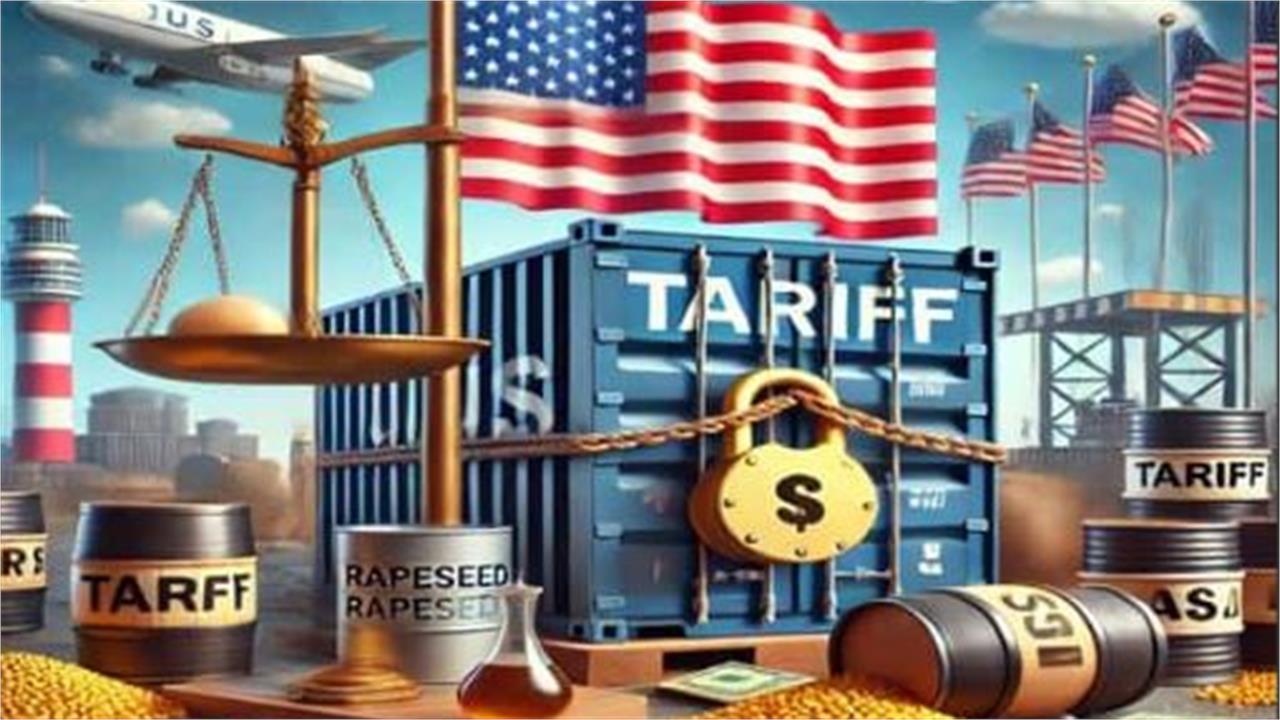The Trump Administration’s wide-reaching tariffs, announced on April 2, 2025, introduced 10% tariffs on all imported goods and additional import taxes for many countries. The tariffs sent global markets plunging and are expected to have a drastic impact on US consumers and industries. Despite President Donald Trump’s claim that tariffs will boost domestic production, experts say that when it comes to clean energy, the tariffs stand to drive up costs for US companies that receive supplies from abroad—and throw the global supply chain into disarray.
Later, the announcement of a 90-day pause on certain tariffs by President Trump led to a surge in European shares, providing temporary relief to markets. However, underlying uncertainties persist, especially regarding long-term implications for the energy sector and broader economy. According to certain sources, the European Union will have to commit to buying $350 billion of American energy to get a reprieve from Donald Trump’s sweeping tariffs, the US president recently said. Although later information suggests that only an additional €50 billion will be required.
The current Analysis, which is available here, examines in detail the impact of Trump’s tariffs on Europe’s energy commodities and attempts to decode how they will perform in the future and how they will affect the relations among various countries in the continent and beyond it.
The tariffs imposed by President Trump in April 2025 have heightened tensions between the US and the EU, particularly concerning energy commodities. The EU faces increased pressure to import more US oil and gas, while also considering strategies to mitigate the economic impact of the tariffs and maintain energy diversification and security.? Undoubtedly, the tariffs imposed by the US mount additional pressure on European markets and present substantial challenges to Europe’s clean energy transition.
By increasing costs, disrupting supply chains, and prompting strategic shifts, these measures risk delaying the EU’s progress toward its climate objectives. To mitigate these impacts, Europe may need to accelerate efforts in diversifying trade partnerships, investing in domestic manufacturing capabilities, and fostering policy environments conducive to sustainable energy development.? The situation remains fluid, with ongoing developments likely to influence the energy sector’s trajectory at global and European level in the coming months.
Undoubtedly, the US tariffs announced in April 2025 are posing significant challenges for SE Europe, a region that relies 62% on energy imports and is closely integrated into European supply chains, thus affecting key industries, energy markets, and economic stability. For instance, tariffs on steel and aluminum imports increase production costs for industries in SE Europe, potentially leading to reduced competitiveness and job losses in these sectors. The region’s response involves strategic negotiations, diversification of energy sources, and efforts to enhance economic resilience. The SE European countries are exploring alternative energy sources and suppliers to reduce dependence on US imports and mitigate the impact of tariffs. This includes investing in renewable energy projects and strengthening regional energy cooperation.




